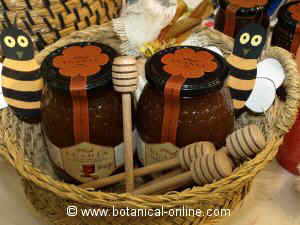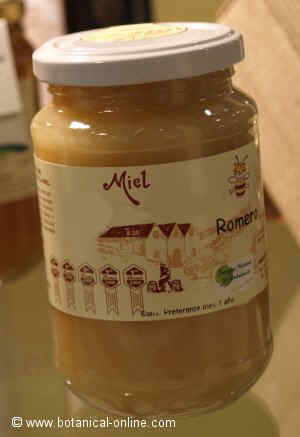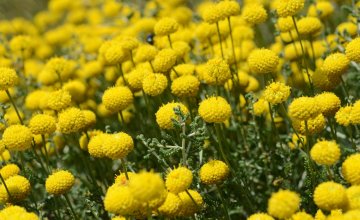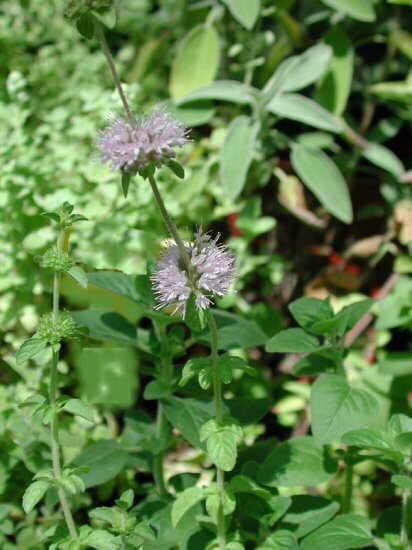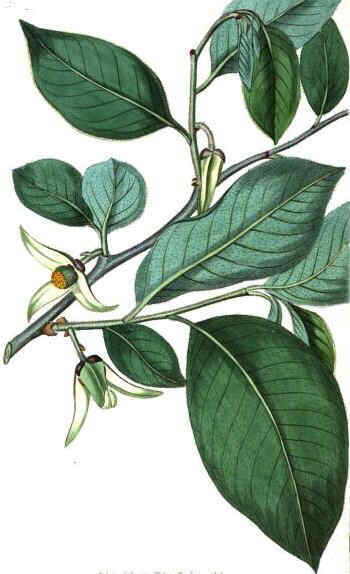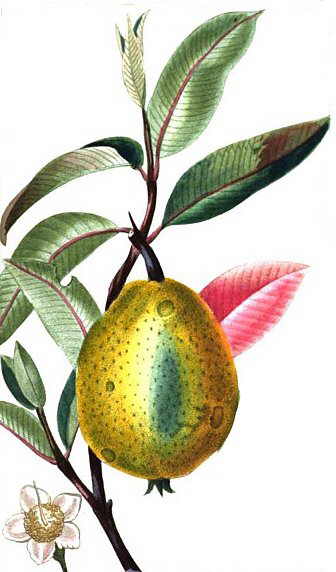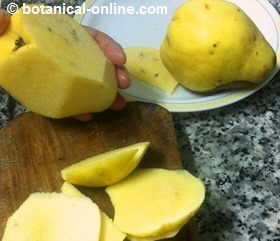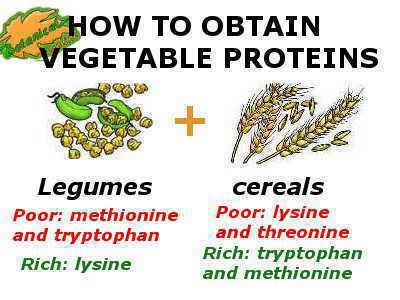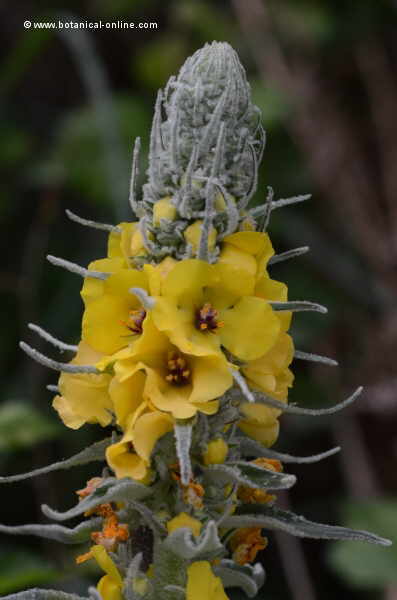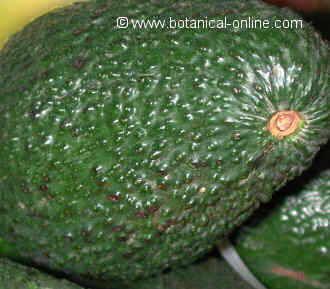Contents
Classes of honey
CLASSES AND TYPES OF HONEY
How many kinds, varieties or types of honey are there?
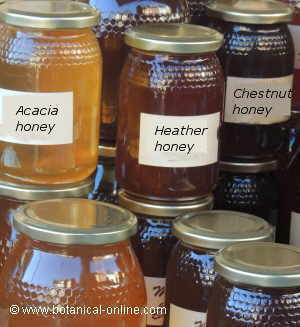
Different types of honey
There are many types of honey that depend fundamentally on the characteristics of flower nectar or other vegetable or animal excretions that abound in the area where the bees do their work.
Regardless of the name of a particular variety, we can group all the honey in any of the following three types:
- Multifloral honey: It is that type of honey formed from many flowers, none of which can be considered to take part in higher proportion
- Monofloral honey: It is one in whose composition abounds mainly a concrete species whose pollen is predominant.
- Honeydew honey or forest honey: It is one that is not formed from the nectar of flowers but from the secretions of certain plants or the secretions of certain animals that ingest the sap of plants.
Main types of unifloral honeys
Among these we have:
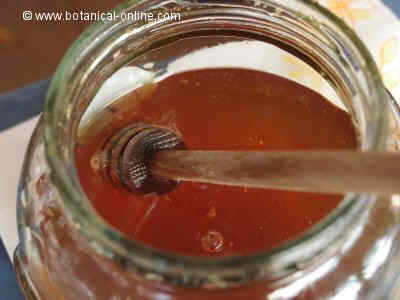
Eucalyptus honey
- Eucalyptus honey: It is the honey produced by bees when they mainly sip eucalyptus flowers. It is an amber honey generally of dark color, strong woody flavor and balsamic smell.
- Thyme honey: It is the honey that bees produce when they mainly work on the flowers of thyme. It is a honey that varies a lot of color as it can be more or less clear up, or more or less red.
- Linden honey: Linden honey is produced by bees that mainly suck linden flowers. Linden honey is a soft yellow color, with a characteristic, strong fragrance. It has a great ease of crystallization so it hardens quickly.
- Orange blossom honey: It is the honey that bees produce when they visit the flowers of orange blossom, that is to say the flowers of citrus fruits, mainly lemon trees and orange trees. It has a high amount of sugars that crystallize giving this product a high density. For this reason the orange blossom honey usually has a very solid texture.

Heather honey
- Heather honey: It is the honey that bees produce when they mainly suck the flowers of heather. It is an amber red or almost dark product with a bit bitter taste and with little smell. Like most dark honeys, it has a high mineral content.
- Chestnut honey: It is the honey produced by bees from flowers of the chestnut tree as well as certain exudations of this vegetable. It is a honey of very dark color for its great content in iron and deep flavor.
- Lavender honey: It is the honey that the bees produce when in its composition flowers of lavender mainly enter . It is a honey of light golden color, with a great aroma and very good flavor. It stands out for its great content in minerals, especially iron.
- Quillay honey: It is the honey produced by bees from soap bark tree flowers (Quillaja saponaria). Soapbark is a tree that grows in Argentina, Peru, Bolivia and Chile. As its name indicates is very rich in saponins, which are obtained from its bark for the industry.
- Manuka honey: It is the honey produced by bees from manuka flowers. Manuka or New Zealand teatree (Leptospermum scoparium) is a shrub from New Zealand and southeast Australia. It has white flowers, thorny leaves and hard stems.

Rosemary honey
- Rosemary honey: It is the honey that the bees produce when they mainly drink from the flowers of rosemary. When it has not undergone processes of transformation, it is a fairly thick and light amber honey that, when crystallized, acquires a harder texture and a white color.
- Ulmo honey: It is honey produced by bees from the flowers of ulmo.. Ulmo (Eucryphia cordifolia) is a Chilean tree of the mountain range of the Andes whose flowers are white and very aromatic. This type of honey comes from the forests of ulmos of the south of Chile.
Other types of floral honey
- Acacia honey: It is the honey produced by bees that mainly sip flowers of acacia. It is a honey with an amber color and of liquid texture. It is used primarily to combat constipation
- Alfalfa honey: It is the honey produced produced by bees that mainly visit alfalfa flowers. It is an amber honey, clear, with a pleasant aroma and good flavor. Its properties are similar to clover honey.
- Hazelnut honey: It is the honey produced by bees that especially sip hazelnut flowers. It is a yellow honey, with a very good flavor. It is very useful to keep the skin in good condition.
- Clover honey: It is the honey produced by bees from clover flowers. It is a type of light yellow honey soft as butter. It is a honey that crystallizes very quickly.
- Clover honey has especially energizing properties so it is very suitable in cases of general weakness, fatigue or lack of mood. Especially suitable for seniors, students in the test period, young people with nutritional problems, recovery of the sick, people who are convalescent, patients who have undergone an operation, etc.
Main types of forest honey
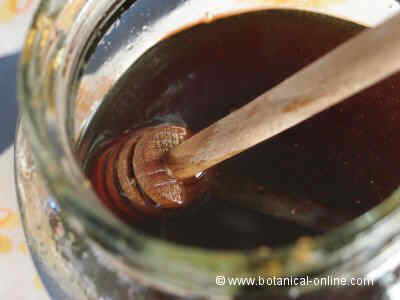
Oak honey
- Oak honey : This is not a honey obtained from the nectar of flowers. It is the honey produced by bees that release the molasses that comes off the acorns or fruits of the oak. It is one of the darkest honeys, sometimes black. It tastes good but it is very strong.
- Spruce honey: Spruce honey is very different from the other types of honey. The bees get it by sucking sweet secretions from scabs or other insects. Insects feed on the spruce sap. Once ingested they excrete a substance in their body called honeydew that is the one that attracts bees.
Spruce honey is green. It is a honey very difficult to obtain because its production is scarce and does not occur every year. It gives off a strong balsamic aroma. It is used primarily for respiratory diseases.
- Pine honey: Like spruce honey is obtained from the honey that secrete the insects that live on the pines sucking their sap. It is dark, with a characteristic smell and a resin flavor. It is a honey that is difficult to get, being very suitable in the treatment of respiratory diseases.
* Related information: Reasons why honey is better than sugar / Honey composition / How to prepare ginger honey
![]() More information on honey.
More information on honey.

